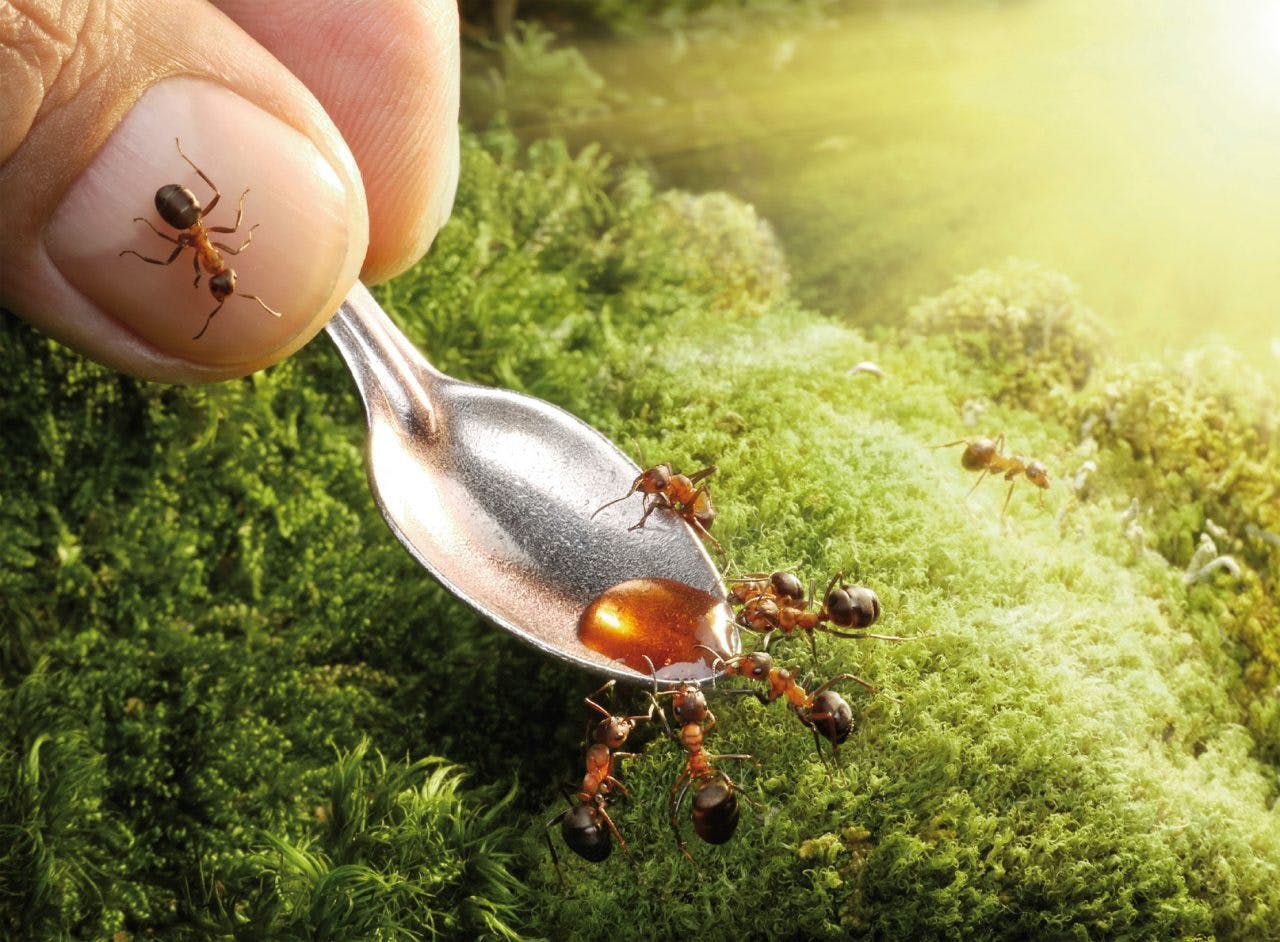I’m not one for reality television but after watching Bear Grylls and the movie 127 hours, it did make me stop and think about just how far I would go to survive in the outdoors. It’s a hard question to answer from the safe surrounds of my warm inner-city office and while I’m not sure I’d be gutsy enough to cut my arm off, I think most of us can agree that if you found yourself in a situation where the only food source is that crawling underfoot you’d grit your teeth and sprinkle the salt on.
But just how many plants and insects are edible in New Zealand? There are over 1400 species of edible insects in the world. Some of the more popular ones that you might be familiar with are butterflies and moths, beetles, ants, grasshoppers, crickets, cicadas, huhu grubs and cockroaches.
The negative (and mostly false) perception of insects is that they are disease-ridden and dirty. Most insects are safe for human consumption, though there isn’t really any dead giveaway to tell if a bug is edible or not, but here are some hints that might help you decide.
Avoid insects/ bugs that are:
- Brightly colored
- Extremely pungent
- Hairy
- Biters or stingers
- Not alive – you can never be sure of what killed them.
There are always exceptions to the rules and cooking the creature usually negates any harmful effects. You can improve your outdoor dining experience by changing your cooking method – boil, roast or smoke your insects – each cooking method brings its own distinct flavour. A friend of mine also tells me cooking improves the flavour. Raw ants, he says, are quite ‘vinegary’ but when they are boiled, not so bad.
How do they stack up nutritionally? Insects are actually closely related to lobsters and shrimps, and interestingly enough they can pack in just as much nutritional goodness as their crustacean cousins.
Insects vary in their fat content but, in most cases, the type of fat present is mostly unsaturated (heart healthy). Insects can also be a good source of many important vitamins and minerals including B vitamins, zinc and iron. They are also protein rich, though the smaller the species, the less protein it usually contains.
The wings and legs of insects don’t usually contain much nutritional value so you can remove these before eating.
– Kathy Fouhy is a New Zealand registered dietician








